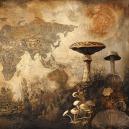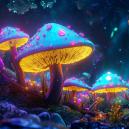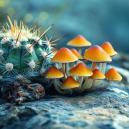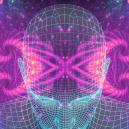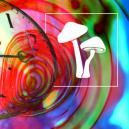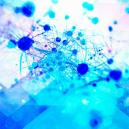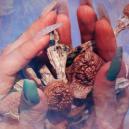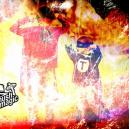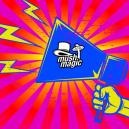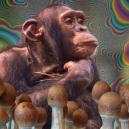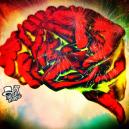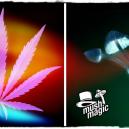Magic Truffles & Mushrooms Are The Safest Recreational Drug To Consume
Published :
June 12th, 2017
Categories :
Research

The most recent Global Drug Survey interviewed 120,000 people. Only 0.2% of recreational drug users reported the need to visit A&E after taking magic mushrooms. This makes psilocybin the least dangerous of all the drugs investigated.
Illegal yes, but compared to the increasingly pure chemicals available today and the scourge of drugs like ice. This ancient drug is proving to be super safe.
Things just keep getting better and better for magic mushrooms. Recent studies have shown that psilocybin may prove to be a potent psycho-therapeutic aid with little to no ill side-effects. Other studies show that it has life enhancing and long lasting positive effects on the terminally ill.
Most recently the Global Drug Survey 2017, which encompasses 50 countries and surveys an average of 120,000 people, has proven magic mushrooms to be the least dangerous recreational drug of all.
For the survey safety was considered as how many visits were made to A&E for adverse side effects to drugs of choice. Meth and synthetic cannabis top the list with 4.8% and 3.2% respectively. Ecstasy, amphetamines and cocaine users have also seen a recent rise in the need for emergency attention. These drugs are being made worryingly stronger per dose to compete in a saturated market.
The GDS rates natural cannabis as the second least harmful recreational drug. A sad irony when synthetic cannabis is a particular worry in many countries of the world.
One in thirty users reported a need for medical help. This rises to one in ten when used over fifty times per year. A smorgasbord of dangerous compounds are used to mimic the effects of THC. These compounds are often odourless and tasteless and can have serious effects. Synthetic cannabis has been linked to deaths, serious illness, psychotic breaks and self harm.
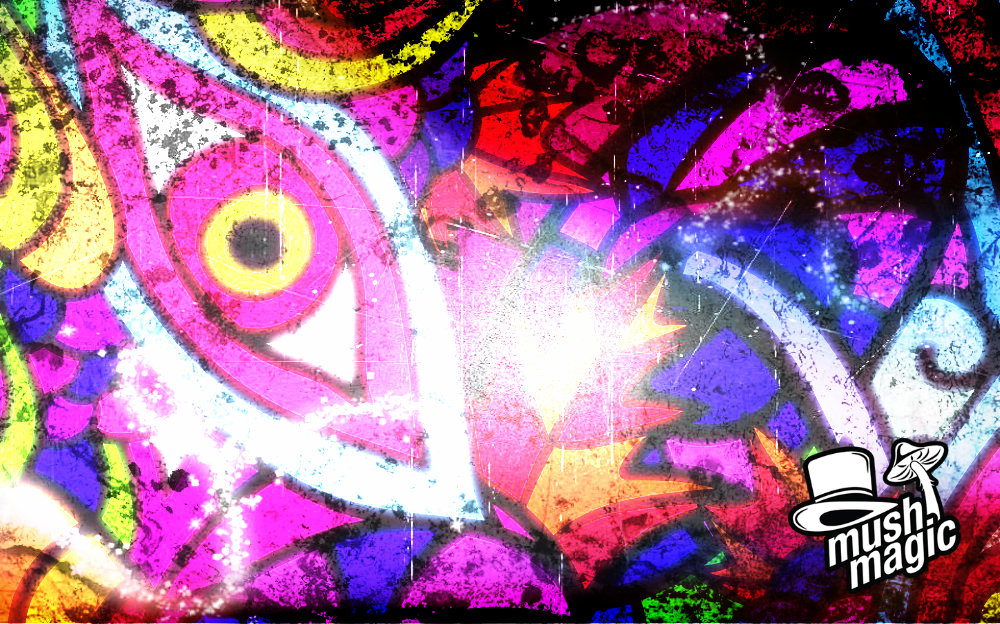
Of the 10,000 people who reported to have taken mushrooms only 0.2 % needed attention at an A&E. That's 24 people compared to five times as many for MDMA or cocaine in the same period.
Ironically the greatest danger when taking mushrooms is poor identification. Many other toxic fungi resemble cubensis and its cousins in the wild. More cases of toxicity are reported than negative effects from a "bad trip".
Dr. Adam Winstock, author of the GDS, notes that magic mushrooms are not completely harmless. "Combined use with alcohol and use within risky unfamiliar settings increase the risks of harm, most commonly accidental injury, panic and short lived confusion, disorientation and fears of losing one's mind". The old adage of set and setting are very important.
Magic mushrooms may be the most benign as far as admissions to A&E, but they are proving to be good even when they are bad.
In a separate research piece from Johns Hopkins Medicine a 2016 paper surveyed 2000 individuals about their most challenging experiences with magic mushrooms. Of the sample 2.7% sought medical assistance and 7.4% sought help for persistent psychological symptoms. Even so, 84% of those that have had a "bad trip" reported that the after effects still held profound messages that changed lives for the better.
Psychedelics as a class of compounds are receiving ever more attention from the professional mental health community. They are also proving to be the least dangerous drugs when used recreationally. Psilocybin particularly is standing out as a psychotherapeutic aid in the treatment of anxiety and depression and has beneficial applications in palliative care.
Legislators need to pay attention to the positive results presented by science. Old fashioned beliefs about "demon drugs" that go to form international policy should be considered embarrassing in the face contemporary research.





